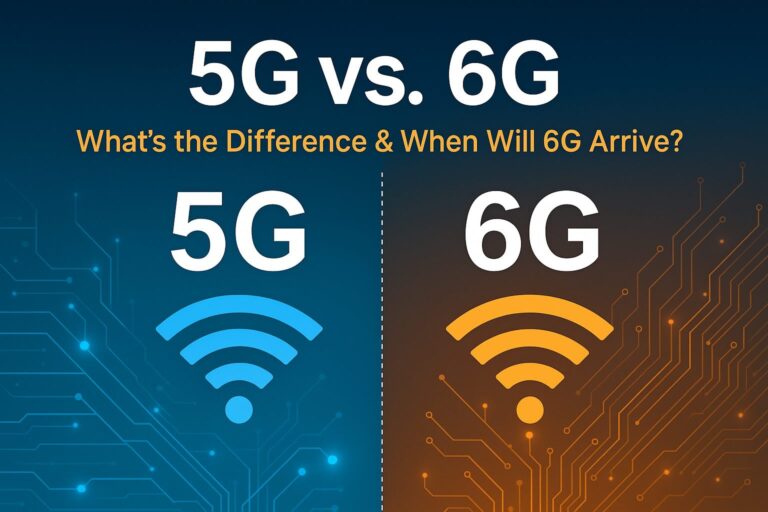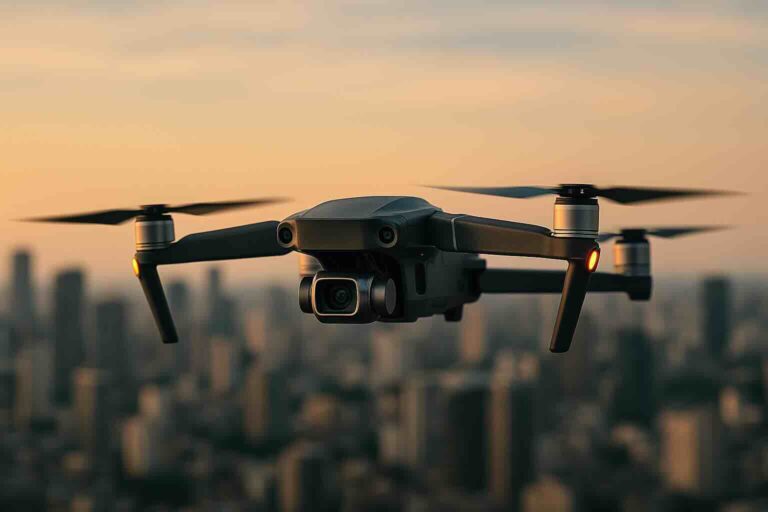Since its unveiling in November 2019, the Tesla Cybertruck has been a lightning rod for fascination, skepticism, and outright obsession. With its angular stainless-steel exoskeleton, sci-fi-inspired design, and promises of groundbreaking performance, it’s been hailed as the pinnacle of futuristic automotive engineering. But does it truly live up to the hype as the “ultimate futuristic vehicle”? Let’s dive deep into its technology, practicality, cultural resonance, and what it means for the future of transportation as of March 30, 2025.
The Blueprint of a Sci-Fi Dream
The Cybertruck’s aesthetic screams dystopian fiction—think Blade Runner meets Mad Max. Its unibody construction, made from 30X cold-rolled stainless steel, isn’t just for show; it’s a structural marvel that Tesla claims can withstand small-arms fire and sledgehammer blows (despite that infamous shattered-window demo). This isn’t a traditional truck—it’s a rolling fortress, weighing in at 6,603-6,843 pounds depending on the trim, lighter than the Hummer EV but heftier than the Ford F-150 Lightning.
Under the hood—or rather, under the exoskeleton—lies a suite of cutting-edge tech. The Cybertruck boasts an 800-volt architecture for rapid charging, a 48-volt low-voltage system (a first for mass-produced vehicles), and steer-by-wire technology paired with rear-wheel steering. These innovations shrink wiring by over 70%, enhance maneuverability, and pave the way for a future where mechanical linkages are relics. The tri-motor “Cyberbeast” variant churns out 834 horsepower, rocketing from 0-60 mph in 2.6 seconds—faster than most sports cars, let alone pickups. With a towing capacity of 11,000 pounds and a payload of 2,500 pounds, it’s no slouch in utility either.
Yet, the range tells a more grounded story. The dual-motor AWD offers 340 miles (EPA-estimated), while the Cyberbeast dips to 320 miles—solid, but not revolutionary compared to rivals like the Rivian R1T (352 miles with its large pack). Tesla’s promised range extender, a $16,000 battery add-on slated for mid-2025, could push it past 470 miles, but it eats into bed space, raising questions about trade-offs.
Driving the Future: How It Feels
Behind the wheel—or rather, the rectangular yoke—the Cybertruck is a paradox. Testers rave about its agility, thanks to the steer-by-wire system requiring less than a full turn for lock-to-lock and rear steering that shrinks its turning radius to rival a sedan’s. The adaptive air suspension, offering up to 17 inches of ground clearance, makes it surprisingly adept off-road, tackling 35-degree approach angles with ease. On pavement, it’s smooth and quiet, defying its blocky aerodynamics.
But it’s not flawless. Visibility is a pain point—those massive sail panels and sloping roofline obscure rear and side views, forcing reliance on the 18.5-inch touchscreen’s camera feeds. The rearview mirror feels vestigial, and the lack of a dedicated video mirror (unlike some competitors) is a curious omission. The stainless-steel body smudges with fingerprints, and its sharp edges have sparked debates about pedestrian safety. Practicality takes a hit too: the 6-foot bed is deep but narrow, and accessing cargo from the sides is a stretch due to the design.
Futuristic Tech: Ahead of Its Time or Overhyped?
The Cybertruck’s tech stack is undeniably forward-looking. Its 48-volt system slashes complexity and weight, a move other automakers (like Canoo) are only beginning to mimic. Bidirectional charging (Powershare) lets it juice up homes or tools, hinting at a future where vehicles double as power hubs. The steer-by-wire setup, with no physical steering column, is a bold leap—potentially enabling dynamic handling adjustments via software updates, a hallmark of Tesla’s over-the-air (OTA) prowess.
Yet, the Full Self-Driving (FSD) suite remains a work in progress. Priced at $8,000, it’s still “supervised,” riddled with errors in real-world tests, and far from the autonomous utopia Elon Musk envisions. The 123-kWh battery, while hefty, doesn’t outpace rivals’ energy density, and fast-charging at 250 kW is quick but not class-leading. The Cybertruck feels like a beta test for a fully realized future—one it’s pioneering, but not perfecting.
Cultural Icon or Polarizing Gimmick?
Beyond specs, the Cybertruck is a cultural phenomenon. It’s the most photographed vehicle on the road, drawing gasps, selfies, and the occasional hurled object from detractors. Its brutalist design defies automotive norms, making it a middle finger to cookie-cutter SUVs and a love letter to geeks who grew up on Halo and Terminator. Priced at $81,985 for the AWD and $101,985 for the Cyberbeast, it’s not cheap, but it’s competitive with high-end EV trucks like the Rivian R1T or GMC Hummer EV.
Critics argue it’s a vanity project—Musk’s ego cast in steel. Its polarizing looks and impractical quirks (like handleless doors that might freeze shut in icy climates) fuel the naysayers. Yet, its million-plus preorders (as of 2021, albeit with refundable $250 deposits) and sold-out 2024 production run suggest a rabid fanbase. It’s not just a truck; it’s a statement—about innovation, sustainability, and individuality.
The Ultimate Futuristic Vehicle?
So, is the Cybertruck the ultimate futuristic vehicle? It depends on your lens. Technologically, it’s a trailblazer—its electrical architecture, OTA updates, and raw performance set benchmarks for what’s possible. It embodies a future where vehicles are rugged, electric, and software-defined. For geeks dreaming of a sci-fi tomorrow, it’s a rolling fantasy made real.
But ultimate? Not quite. Its compromises—range, visibility, bed access—anchor it in the present, a brilliant prototype rather than a perfected vision. Rivals like the Rivian R1T offer similar capability with fewer quirks, while the F-150 Lightning blends familiarity with electrification. The Cybertruck is a leap toward the future, but it’s not the finish line.
What’s Next?
As Tesla ramps up production in 2025, the Cybertruck’s legacy will hinge on refinement. OTA updates could smooth its rough edges, and the range extender might silence range skeptics. If FSD matures, it could redefine autonomous utility. For now, it’s a bold experiment—a geek’s dream truck that’s as exhilarating as it is exasperating.
At FuturisticGeeks, we’re captivated by its ambition. It’s not the ultimate vehicle yet, but it’s the most audacious one on the road today. Whether you’re a Tesla stan or a skeptic, one thing’s clear: the Cybertruck isn’t just driving the future—it’s daring us to imagine it.












